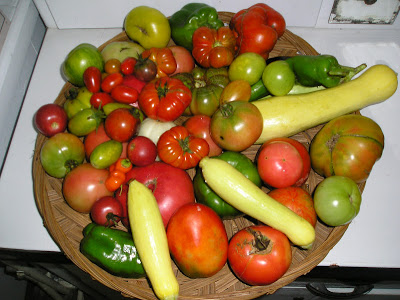Sunday
at 6:03 PM (EST) was the Winter Solstice. This is an astronomical event that
occurs because our world is tilted on its axis with respect to our orbit around
the sun, a fact that explains the seasons in our temperate zones.
Late
dawn. Early sunset. Short day. Long night. The shortest day and the longest
night of the year. It marks a turn in the seasons as the length of the days get longer.
 |
| Courtesy of NOAA |
If
the days begin to get longer, why do the coldest days of the winter season fall
after the Winter Solstice? According to the National Climatic Data Center the
coldest days fall between December 1 and March 31 with 83% of those from
December 20 to March 31.
The
Washington Post’s Weather Gang reports that “even though daylight slowly
increases after the solstice, many places don’t see their coldest days until
mid-January. This happens because the Northern Hemisphere continues to lose
more heat than it gains for several more weeks. The oceans – which take longer
than land to heat up and cool down – play a role in this seasonal temperature
lag. Only after the Northern Hemisphere starts to receive more solar energy
than it loses do average temperatures begin their upward ascent.”
Doug
Wenztel of the Shaver’s Creek Environmental Center says there’s a bright side
as well. This is an opportunity to go out and explore your local areas and see
a different landscape.
A
walk along a favorite summertime wooded path reveals the shapes of trees and
their branching patterns. Sit still and quiet for 15 minutes and soon you will
see the birds that stay with us all winter. Discover mosses and evergreen
ground covers nestled against the rocks near the path or check the edges of a
pond for ice crystals.
You
most likely will hear the rustle and rattle of dead leaves still clinging to
the branches of some trees. In an earlier Penn State post, “Winter Leaves that Hang On,” Jim Finley asks if you have ever wondered why some trees hold their
leaves into the winter months.
“Marcescence,
the term used to describe leaf retention, is most common with many of the oak
species, American beech, witch hazel, hornbeam (musclewood), and hophornbeam
(ironwood).
Normally,
as deciduous trees (which include hardwoods and some conifers) prepare to shed
their leafy summer coats, cells at the interface between the twig and the end
of the leaf stem release enzymes and form an abscission layer that “unglues”
the leaf – separating it from the vascular bundles, allowing it to fall free.
All
trees shed leaves, even conifers; however, they generally retain their needles
for more than one year. Leaf drop benefits deciduous trees by reducing water
loss and allows them to develop leaves that efficiently use available sunlight
during warmer seasons.”
Read
Finley’s full article for more information on why trees may retain their leave
through the winter months and he makes a good point when he says, “… think
about the bit of shelter they provide for wintering birds as they perch among
the rattling leaves, away from winter’s wind.”
For
other information about the Winter Solstice
State College.com: Winter Solstice Marks Beginning of Stormy Season





No comments:
Post a Comment